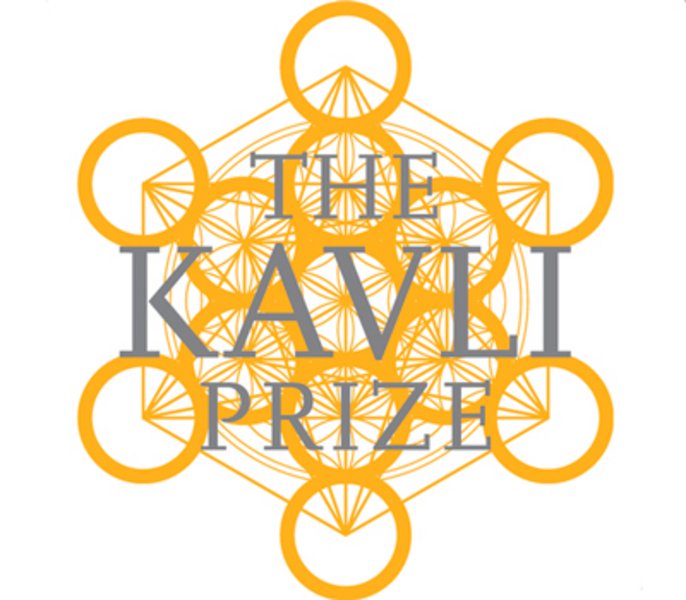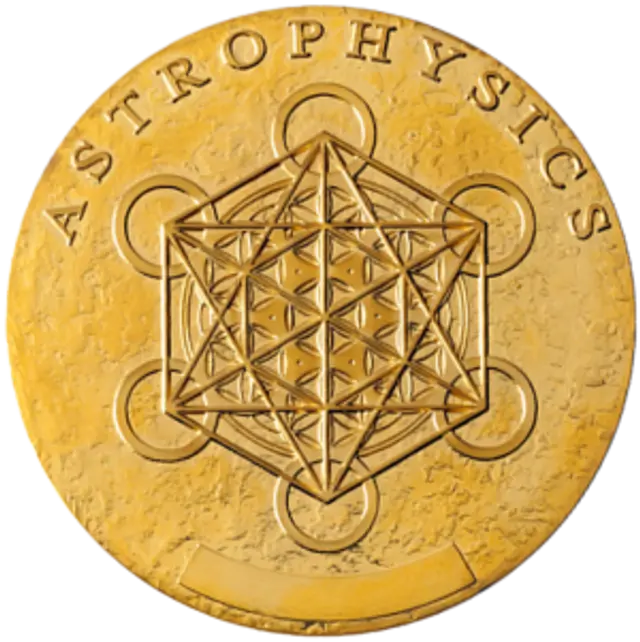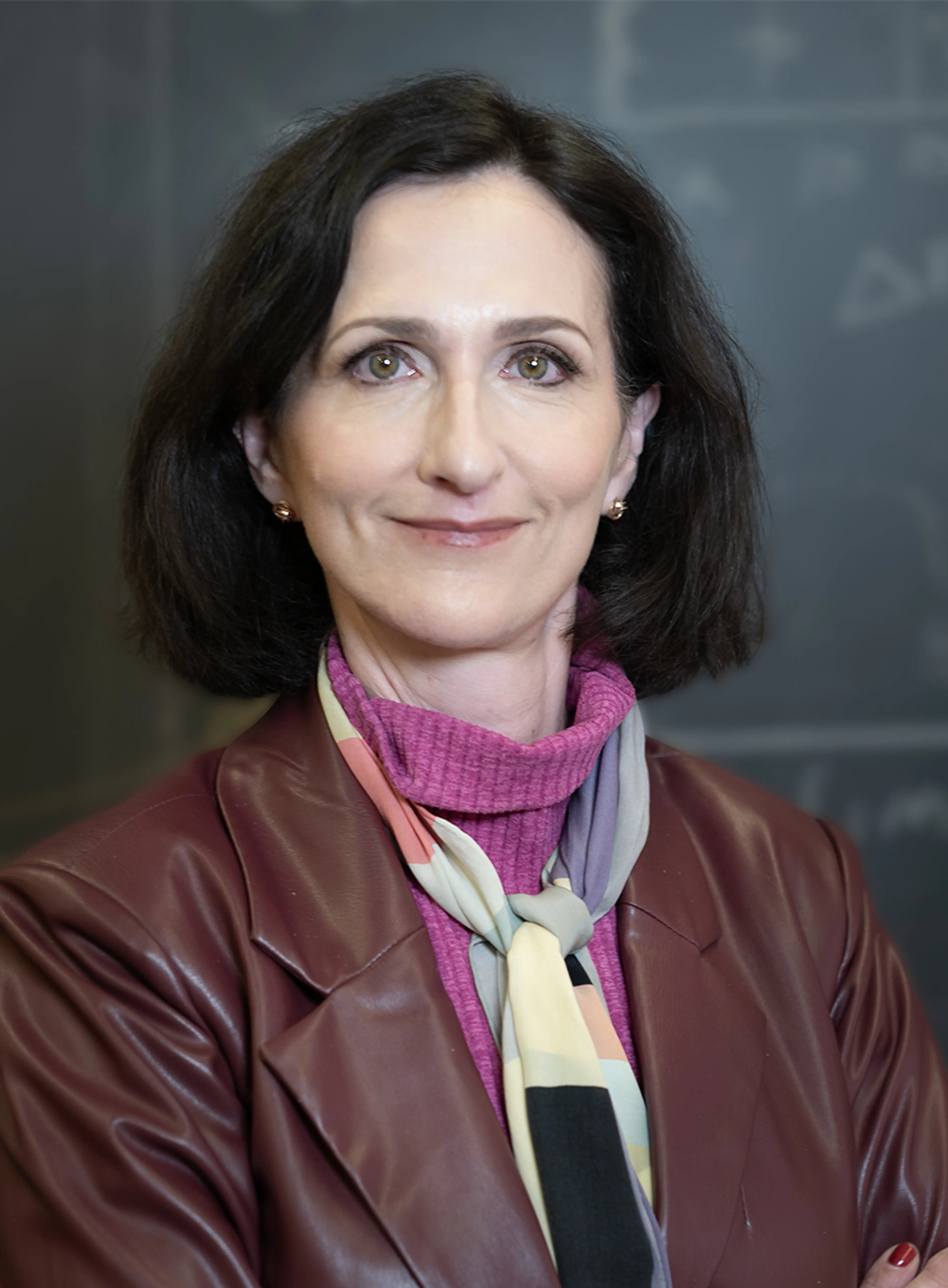Kavli Prize 2024 to exoplanet researchers
The Kavli Prize for 2024 in astrophysics goes to Sara Seager and David Charbonneau, "for their ground-breaking work on the discovery and characterization of extra-solar planets and their atmospheres," it was announced on June 12.




Working in the field of exoplanets, they are both well known to the astronomers at Aarhus University.
David Charbonneau is literally a pioneer in the search for exoplanets with the transit method, as he was the first ever to record such an event. Observing with a home-made 4-inch telescope in a parking lot at Boulder University, Colorado on September 9, 1999 he recorded a 1% 'dip’ in the light curve of the star HD209458; a star that was previously known from radial velocity measurements to have a hot Jupiter exoplanet in orbit. With this, David Charbonneau proved that the transit method was viable, leading to scores of space and earth based observation projects (Kepler and TESS to mention a few) and to the discovery of thousands of exoplanets in our Galaxy. Shortly thereafter David submitted a proposal to use the Hubble Space Telescope to look for sodium in the atmosphere of the exoplanet, and this other first succeeded in 2000.
Looking for sodium was inspired by the PhD thesis of Sara Seager and her predictions of the properties of hot Jupiter atmospheres.
Sara Seager is particularly well known to us in Aarhus, as she was affiliated with the Stellar Astrophysics Centre r at the Department of Physics and Astronomy, and she visited several times. Seager has devoted much of her research to characterizing the atmospheric gases of exoplanets via spectroscopy, predicting in 1999 that sodium ought to be detectable – which motivated and was confirmed by the first exoplanet atmospheric observations two years later. She has since focused in particular on the search for Earth-like planets around Sun-like stars, compiling a list of all the potentially detectable gases that could indicate life on exoplanets and also, in collaboration with NASA, developing a concept known as the starshade. A recent focus in Sara Seages work is the Morningstar astrobiology-focused mission to Venus.
Congratulations to both!
The Kavli Prize - www.kavliprize.org/prizes/astrophysics/2024 - was given in 2022 amongst others to Jørgen Christensen-Dalsgaard of Aarhus University for his pioneering work in asteroseismology. The two disciplines of asteroseismology and the study of exoplanets are closely connected, both through the use of the same instruments for observation and because characterisation of exoplanets requires a thorough knowledge of the host star. This has been the basis of the work done at Stellar Astrophysics Centre (SAC).
